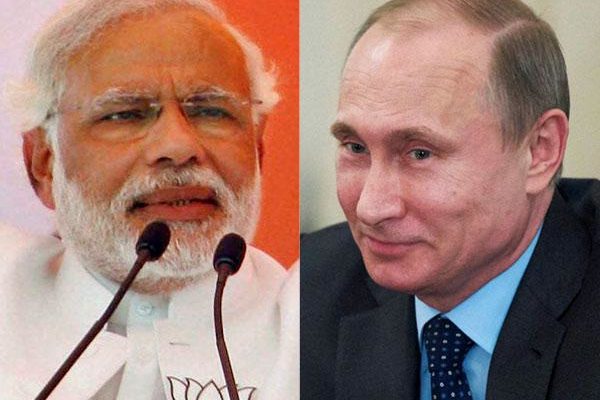
Yesterday we reported that with the Russia-China axis firmly secured, the scramble was on to assure the alliance of that last, and critical, Eurasian powerhouse: India. It was here that Russia had taken the first symbolic step when earlier in the week its central bank announced it had started negotiations to use national currencies in settlements, a process which would culminate with the elimination of the US currency from bilateral settlements.
Russia was not the first nation to assess the key significance of India in concluding perhaps the most important geopolitical axis of the 21st century – we reported that Japan, scrambling to find a natural counterbalance to China with which its relations have regressed back to World War II levels, was also hot and heavy in courting India. “The Japanese are facing huge political problems in China,†said Kondapalli in a phone interview. “So Japanese companies are now looking to shift to other countries. They’re looking at India.â€
Of course, for India the problem with a Japanese alliance is that it would also by implication involve the US, the country which has become insolvent and demographically imploding Japan’s backer of last and only resort, and thus burn its bridges with both Russia and China. A question emerged: would India embrace the US/Japan axis while foregoing its natural Developing Market, and BRICS, allies, Russia and China.
We now have a clear answer and it is a resounding no, because in what was the latest slap on the face of now crashing on all sides US global hegemony, earlier today India refused to sign a critical global trade dea. Specifically, India’s unresolved demands led to the collapse of the first major global trade reform pact in two decades. WTO ministers had already agreed the global reform of customs procedures known as “trade facilitation” in Bali, Indonesia, last December, but were unable to overcome last minute Indian objections and get it into the WTO rule book by a July 31 deadline.

